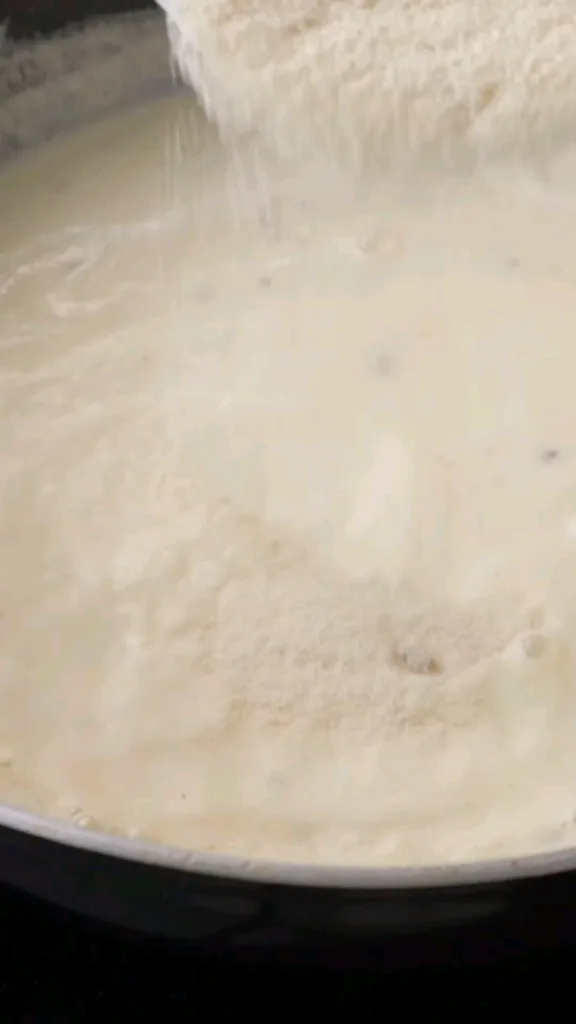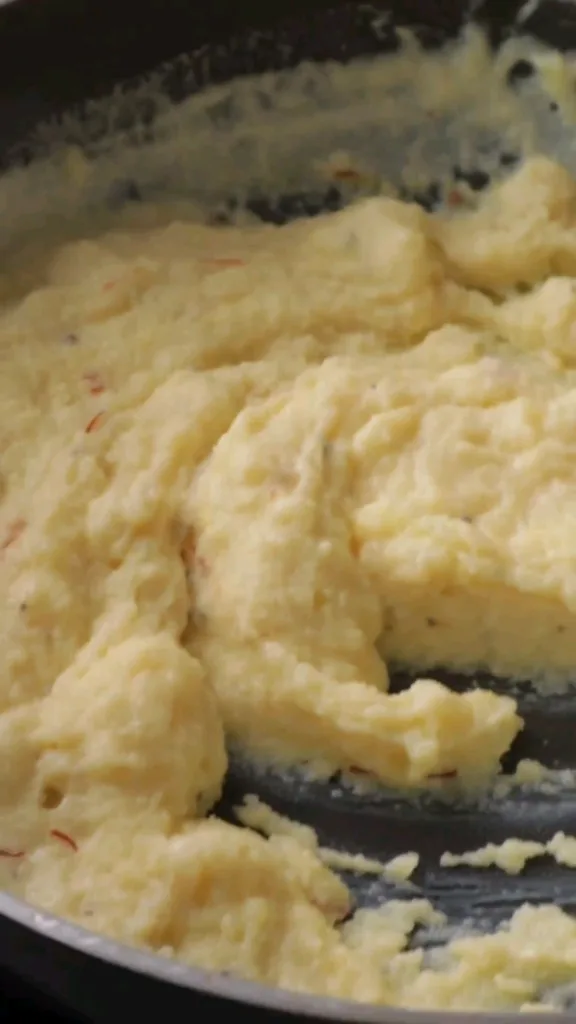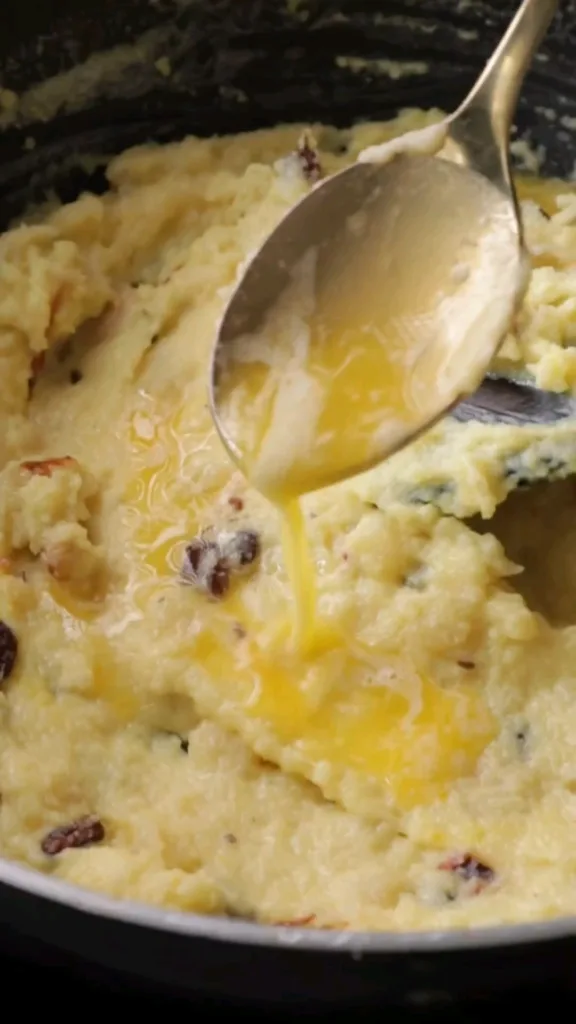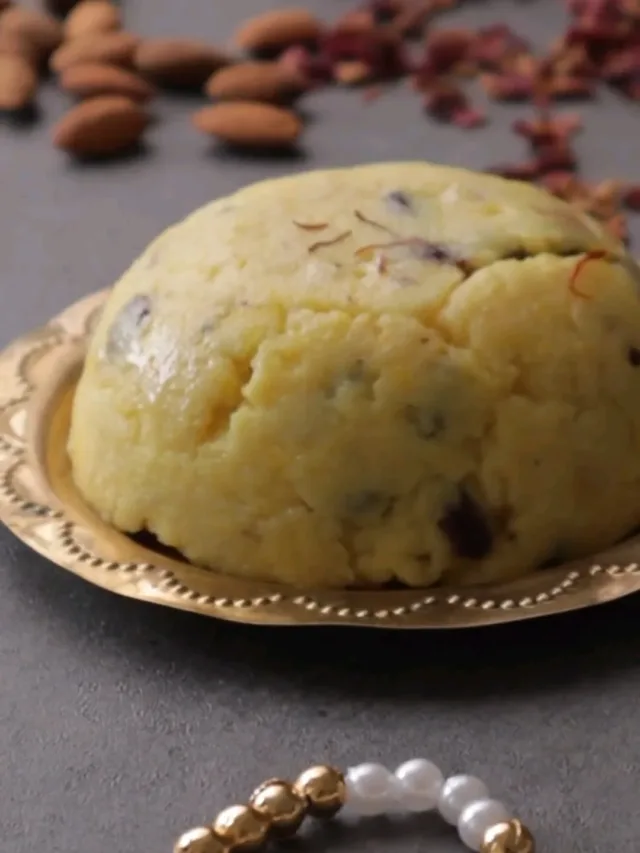Janmashtami, a revered Hindu festival that celebrates the birth of Lord Krishna, fills the air with joyous festivities and a delightful array of treats. Among the many delights, Rava Kesari stands out as a sweet symphony of flavors that perfectly captures the essence of this occasion. In this article, we’ll delve into the world of Janmashtami and explore the captivating recipe of Rava Kesari, bringing the festive spirit to your kitchen.

Table of Contents
Rava Kesari Recipe
Unveiling the Essence of Janmashtami
The Significance of Janmashtami
Janmashtami, also known as Krishna Janmashtami, commemorates the divine birth of Lord Krishna, a revered deity in Hinduism. Celebrated with fervor across India, this festival symbolizes the victory of good over evil and the enduring spirit of love and devotion.
Embracing Tradition and Culinary Joy
Janmashtami is more than a religious event; it’s a celebration of culture, faith, and community. Devotees engage in prayers, bhajans (devotional songs), and reenactments of Lord Krishna’s life events. The festivity extends to the kitchen, where traditional sweets and savory dishes are lovingly prepared and shared.
Rava Kesari: Crafting Sweet Memories
Rava Kesari, a beloved South Indian dessert, finds its place of honor on Janmashtami tables. Let’s dive into the captivating recipe that captures the essence of this joyous occasion.
Ingredients You’ll Need:
2 tbsp. ghee
7-8 cashews
10-12 pistachios
2 tbsp. raisins
1/2 cup rawa (semolina)
400 ml milk
1/4 cup sugar (adjust to taste)
A generous pinch of saffron strands
1/2 teaspoon cardamom powder
2 tbsp. ghee (for finishing)
Creating Rava Kesari: A Step-by-Step Delight
Heat 2 tbsp of ghee in a pan and roast cashews, pistachios, and raisins until they turn golden. Set them aside.

In the same pan, add rawa and roast it until it emits a pleasant aroma and turns slightly golden. Remove and keep aside.

In another vessel, heat the milk and bring it to a boil. Add the roasted rawa while stirring continuously to prevent lumps.

Allow the rawa to cook in the milk on a low flame until it thickens. Add sugar and saffron strands, and keep stirring until the mixture reaches a halwa-like consistency.

Incorporate cardamom powder to infuse the mixture with its delightful aroma, and then add the roasted nuts and raisins.
Finish by adding 2 tbsp of ghee, which enriches the texture and imparts a rich flavor.

Conclusion: Savoring Tradition and Taste
Rava Kesari, with its golden hue reminiscent of Lord Krishna’s divine radiance, serves as a beautiful tribute to Janmashtami. This dessert not only satisfies the palate but also nourishes the soul, as it brings people together to celebrate the spiritual and cultural significance of this festive occasion. As you savor the flavors of Rava Kesari, you’re partaking in a tradition that has transcended generations, connecting hearts and homes in the spirit of Janmashtami.
Facts About
Historical Significance: Rava Kesari holds deep cultural and historical significance, being an integral part of South Indian culinary traditions for centuries.
Diverse Names: While it’s known as Rava Kesari in Karnataka and Tamil Nadu, this dessert takes on different names in various regions, such as Sheera in Maharashtra and Kesari Bath in Karnataka.
Festival Staple: Rava Kesari is a common sight during religious and festive occasions, symbolizing joy, celebration, and the sharing of sweetness.
Quick Preparation: Compared to some elaborate Indian sweets, this recipe is relatively quick to prepare, making it a popular choice for impromptu celebrations.
Colorful Variations: While the traditional version has a vibrant saffron hue, creative chefs often experiment with natural colorants like beetroot or carrot juice to give the dish a unique twist.
Celebratory Delight: In South Indian households, Rava Kesari is often the first offering made to deities during religious ceremonies and prayers.
Textural Harmony: The combination of roasted nuts, plump raisins, and the delicate crunch of rawa creates a delightful contrast of textures in each bite.
Aroma Infusion: The addition of aromatic cardamom powder infuses the dessert with a captivating fragrance that tantalizes the senses.
Culinary Adaptations: While traditionally made with semolina, modern variations of Rava Kesari may incorporate other ingredients like fruits, coconut, or even chocolate to add a contemporary twist.
Nutritional Value: Rava Kesari offers a decent nutritional profile with the inclusion of milk, nuts, and semolina, making it not just a treat for the taste buds but also a source of essential nutrients.
Cultural Connections: Rava Kesari embodies the ethos of sharing and community bonding, often served as prasadam (blessed food) in temples and distributed among devotees.
Global Popularity: With its unique blend of flavors and textures, Rava Kesari has gained recognition beyond Indian borders, making appearances in restaurants and homes worldwide.
Feast for Festivals: Whether it’s Diwali, Pongal, or Ganesha Chaturthi, Rava Kesari adds a touch of sweetness to various Indian festivals, symbolizing the joy of festivities.
Balancing Act: Achieving the perfect balance of sweetness is key in Rava Kesari, as it shouldn’t be overly saccharine but rather a harmonious blend of flavors.
Culinary Creativity: Chefs and home cooks often innovate by adding twists like using almond milk, jaggery instead of sugar, or even incorporating unique toppings like edible gold foil.
Rava Kesari’s rich history, cultural significance, and delectable taste make it a dessert that’s not just enjoyed for its flavors but cherished for the memories and emotions it evokes.


1 thought on “Celebrating Janmashtami with Rava Kesari: A Delectable Delight 2023”